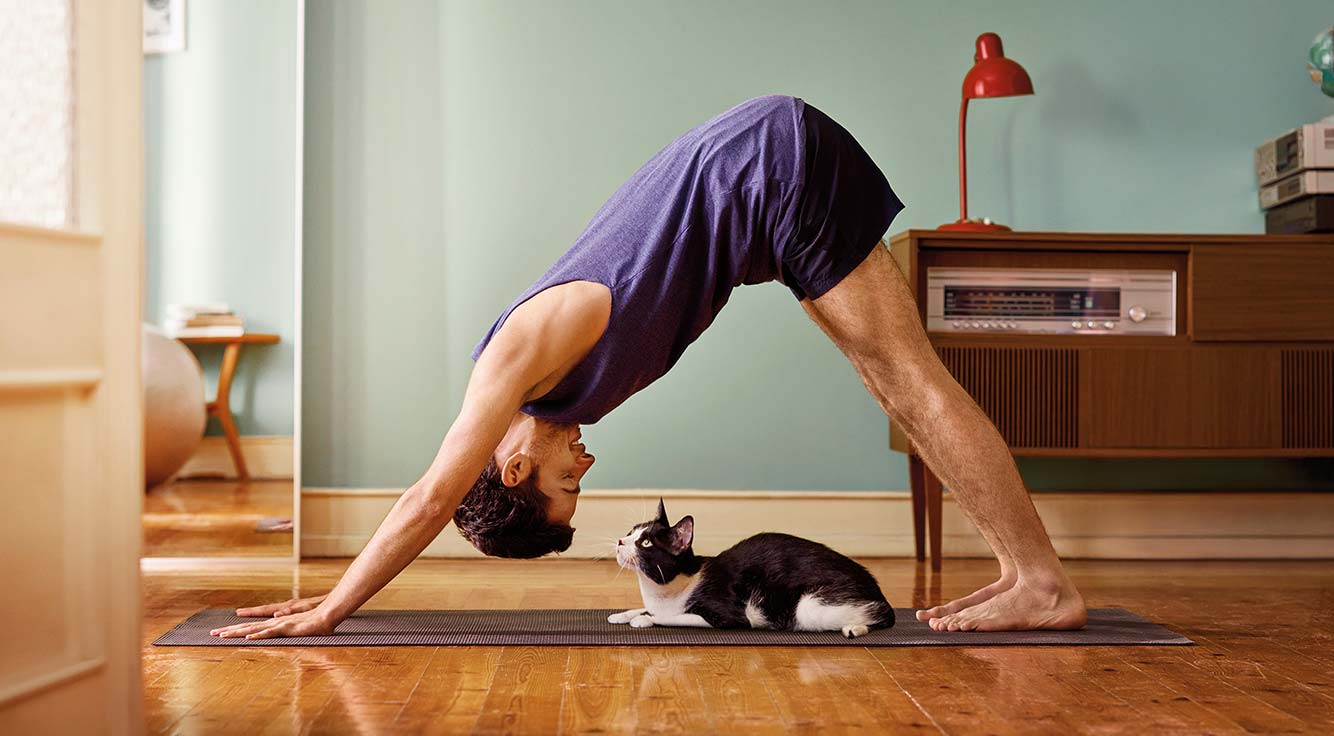
Want to get a better workout? Try these 8 fitness tricks.
There’s a reason why doctors recommend regular exercise. Staying active can improve your mental health and mood, aid with weight management, improve heart health, reduce the risk of type 2 diabetes, and strengthen muscles and bones. In short, exercise may even increase your chances of living longer.1
But the benefits you get from working out depend on the effort and time you put in. Even with limited or no access to your usual fitness classes or gyms, you can still add exercise into your day.
So, if you’re looking to get better results, then we’ve got you covered. Check out these tips on how to get the most out of every squat, jog, stretch, or pose — anywhere you are.
1. Rest up
When you get the recommended minimum of 7 to 8 hours of sleep per night, your body is better able to function — which can help you during your workouts. Plus, physical activity may help you sleep better at night.2 This can then become a healthy cycle — you sleep better because you worked out, and you have more energy for your workout because you got a good night’s sleep.
2. Stay hydrated
Water helps keep your body temperature stable and helps lubricate your joints. Be sure to drink enough water before, during, and after working out — it will help ensure that your body is running at peak performance.
3. Get pumped with music
Studies have shown that music may motivate you to start your workout — and may even help you put in more effort once you get going.3,4 So, put your favorite upbeat playlist together for an added boost of inspiration.
4. Warm up and cool down
People often skip warming up and cooling down in their workouts, but that can put a lot of strain on your body. Going immediately from a resting state into a high level of activity — and vice versa — can cause muscle strain and injury.
- Before your workout: A 5 to 10 minute warm up before intense exercise can gently activate your muscles and slowly raise your body temperature and increase blood flow.
- After your workout: Cooling down after exercising allows your body to safely and slowly lower its temperature and heart rate. You’ll also want to stretch during a cool down to help prevent the buildup of lactic acid in your muscles — which can cause soreness and cramping.
5. Pay attention to form
Whether it’s your position or posture, pay close attention to how you’re moving during your workout. If your form isn’t correct, the muscles you’re trying to work will not be properly engaged — resulting in a less effective workout. You can also easily get injured if you don’t have the proper form in a yoga pose or if you try to lift with your back (instead of with your knees) while strength training.
A good rule of thumb: If something hurts — and it’s not just muscle fatigue — then don’t do it.
6. Focus on your breath
Proper breathing techniques can help you control your body, keep your mind focused and alert, improve your blood circulation, and regulate your heartbeat.5 There may be different types of breathing techniques that are suited for your workout. For example, certain yoga poses may require you to inhale deeply into a stretch and exhale slowly while shifting into a new pose.
7. Eat healthy foods
Protein and carbohydrates can provide a helpful boost before your workout and help your body recover. Pair a lean protein with a healthy carbohydrate — like Greek yogurt and fruit or an apple and nut butter snack — before you get started. Afterward, try something like this salmon salad wrap that’s packed with lean protein and heart-healthy omega 3.
Remember: Avoid eating too much salt, sugar, unhealthy fats, and processed foods. Instead, focus on eating a balance of lean proteins, whole grains, healthy fats, and lots of vegetables — dark, leafy greens in particular — to give your body the energy it needs.
8. Track your progress
Keeping track of your workouts — whether it’s through an app or journal — is a good way to stay motivated. You can review your progress over time and see the gains you’ve made along the way.
The importance of sticking to your routine
As you make healthy changes to improve your workouts, remember that sticking to a regular routine of 150 minutes of moderately intense activity per week is the most important habit to maintain. And if you’re still not seeing the results you want, talk to your doctor about any concerns you may have.
1“Physical Activity and Health,” Centers for Disease Control and Prevention, accessed February 2020.
2Kathryn J. Reid et al., “Aerobic Exercise Improves Self-Reported Sleep and Quality of Life in Older Adults with Insomnia,” Sleep Medicine, October 2010.
3Costas I. Karageorghis and David-Lee Priest, “Music in the Exercise Domain: A Review and Synthesis (Part I),” International Review of Sport and Exercise Psychology, December 2011.
4MJ Stork et al., “Music Enhances Performance and Perceived Enjoyment of Sprint Interval Exercise,” Medicine & Science in Sports & Exercise, May 2015.
5Sean Perry et al., “Control of Heart Rate Through Guided High-Rate Breathing,” Scientific Reports, February 2019.
TOPICSCORONAVIRUS & COVID-19exercisehealthy habitshealthy lifestyleWorkout





